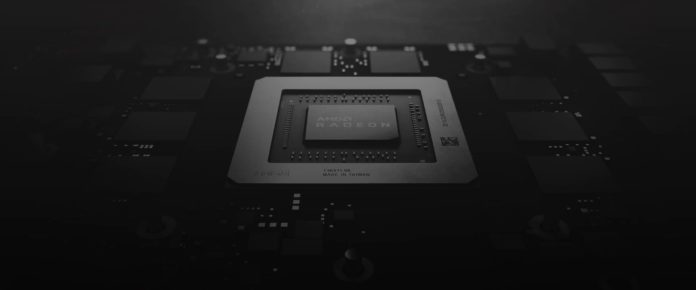Renowned market analyst Jon Peddie Research has released a white paper on last year’s GPU developments. While it’s a year behind, it’s a great compilation of all the ongoing stories in the industry. We’ll be breaking down the highlights for you here.
81% of the GPU Sales are Mobile

The biggest takeaway from the report is that the GPU market today is almost entirely mobile. A decade ago this would’ve been unthinkable. But today, mobile GPUs account for 81 percent of all GPU sales. PCs count for 16 percent and all the consoles put together account for another 2 percent of GPU sales. Wait, what? At first glance, this might be a real head-scratcher. It’s common knowledge that PC gaming is a smaller market than the consoles, so how on earth are 8 times as many PC GPUs being shipped? Well, this just serves to remind us of something that slips everyone’s minds: The real market leader in the PC GPU space is Intel. The vast majority of PCs use Intel integrated graphics. And far more PCs–of every size and shape–ship than consoles.
NVIDIA RTX, AMD RDNA and Intel Xe
The report focused on the big new developments in the GPU space as well. Chief among them is the introduction of AI and ray-tracing to the GPU, something Nvidia pioneered, and the rise of Intel as a third major graphics contender with the upcoming Xe. While Intel hasn’t had a good history in the GPU space–Larrabee, their last serious attempt was a critical failure, the report points out multiple reasons why Xe could win. For starters, Intel’s research budget is larger than Qualcomm, Samsung, Nvidia, and AMD put together. If anyone in the market is positioned to create a disruptive GPU product, it’s them.

The report spends considerable time on Nvidia Turing as well. The techniques Turing brings to the table, RTX ray tracing and AI-based DLSS upscaling have been derided by the press as gimmicks. However (and as someone playing through Metro Exodus with DLSS and RTX enabled right now), these really are new paradigms in the industry. AI is becoming a part of everything in the digital space and GPUs aren’t immune to this. Moreover, while RTX comes with a substantial performance penalty, ray-tracing is the way forward ultimately. With the amount of marketing that’s gone into RTX, it’s evident that both Nvidia and AMD plan to focus on ray-tracing in the coming years.
Intel’s announced hardware support for ray tracing as well on the Xe. This makes 2019 arguably as important a year in graphics history as 2004, when dynamic lighting went mainstream with Doom 3. And while DLSS still has kinks to iron out, AI-based upscaling is the only real option to handle tomorrow’s high framerate and high-resolution world. Many outlets have done (rather pointless) benchmark runs of Gears 5 at 8K. No graphics card in existence can manage a 60 FPS experience and we’re not going to see one in the mainstream space for at least another 5 years. Conventional upscaling models don’t add new detail to images. AI-based solutions can. We’re not just talking about DLSS here: Gigapixel and ESRGAN are AI-based upscaling solutions that have shown tremendous potential.

In terms of overall sales figures, the reports indicate that the number of AIB boards shipped has increased massively over the years. Over 60 million units were sold between 2017 and 2018. This clearly indicates that the custom AIB board departments at the likes of Asus and MSI are doing great. Meanwhile, the equations between Intel, AMD, and Nvidia have steadily changed. AMD’s Polaris and Navi parts have been substantially more competitive than Vega and hit price-points many consumers would actually consider. This has led to AMD considerably improving its market share. While it came down since then, AMD’s market share nearly touched 20 percent, mostly at the expense of Intel integrated parts.
All in all, the report indicates great progress, both in terms of commercials and technological development. We live in times of progress and the graphics market is going in precisely one direction: forward.
Further Reading:


